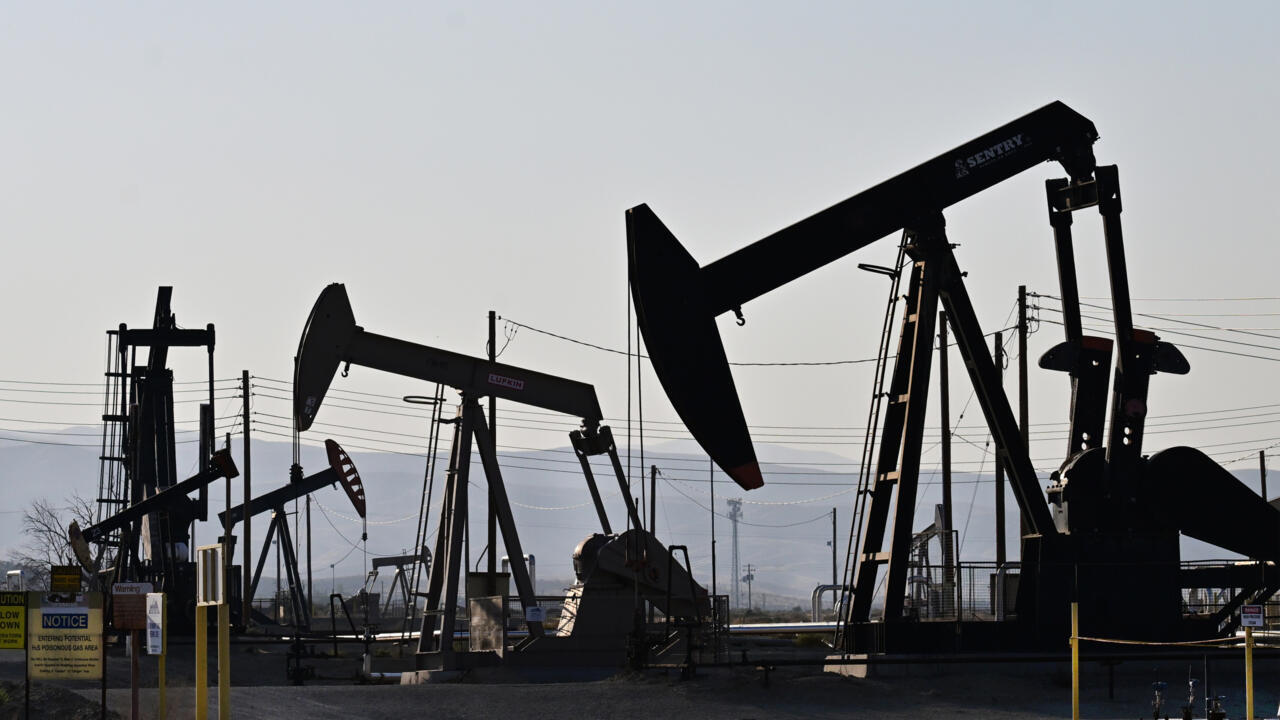“Next year, the global oil supply is expected to exceed demand by an average of 1.2 million barrels per day,” the Bank announced in its latest report on global commodity markets, adding that this scale of oversupply has been exceeded only twice before, in 1998 and 2020.
The expected oil glut “is so large that it is likely to limit the price effects even of a wider conflict in the Middle East,” the Bank said.
It blamed the expected oversupply partly on a “major shift” underway in China, where demand for oil has flatlined on the back of rising electric vehicle sales, demand for trucks running on liquified natural gas (LNG), and a slowdown in industrial production.
The Bank said it also expects several countries not in the Organization of Petroleum Exporting Countries or its allies (OPEC+) “to ramp up oil production*,” fueling the oversupply and helping to push down global commodity prices by almost 10 percent by the end of 2026.
“Falling commodity prices and better supply conditions can provide a buffer against geopolitical shocks,” World Bank chief economist Indermit Gill said in a statement. “But they will do little to alleviate the pain of high food prices in developing countries, where food-price inflation is double the norm in advanced economies,” he added.
The World Bank expects food prices to fall by nine percent this year, and by an additional four percent in 2025, leaving them stuck around 25 percent above the level they were at between 2015 and 2019. Meanwhile, energy prices are predicted to drop by six percent next year, and by a further two percent in 2026.



If it’s not a buck a gallon, it’s too high.